Database Paintings
Archival pigment prints, mosaic. 2022.
Various dimensions.
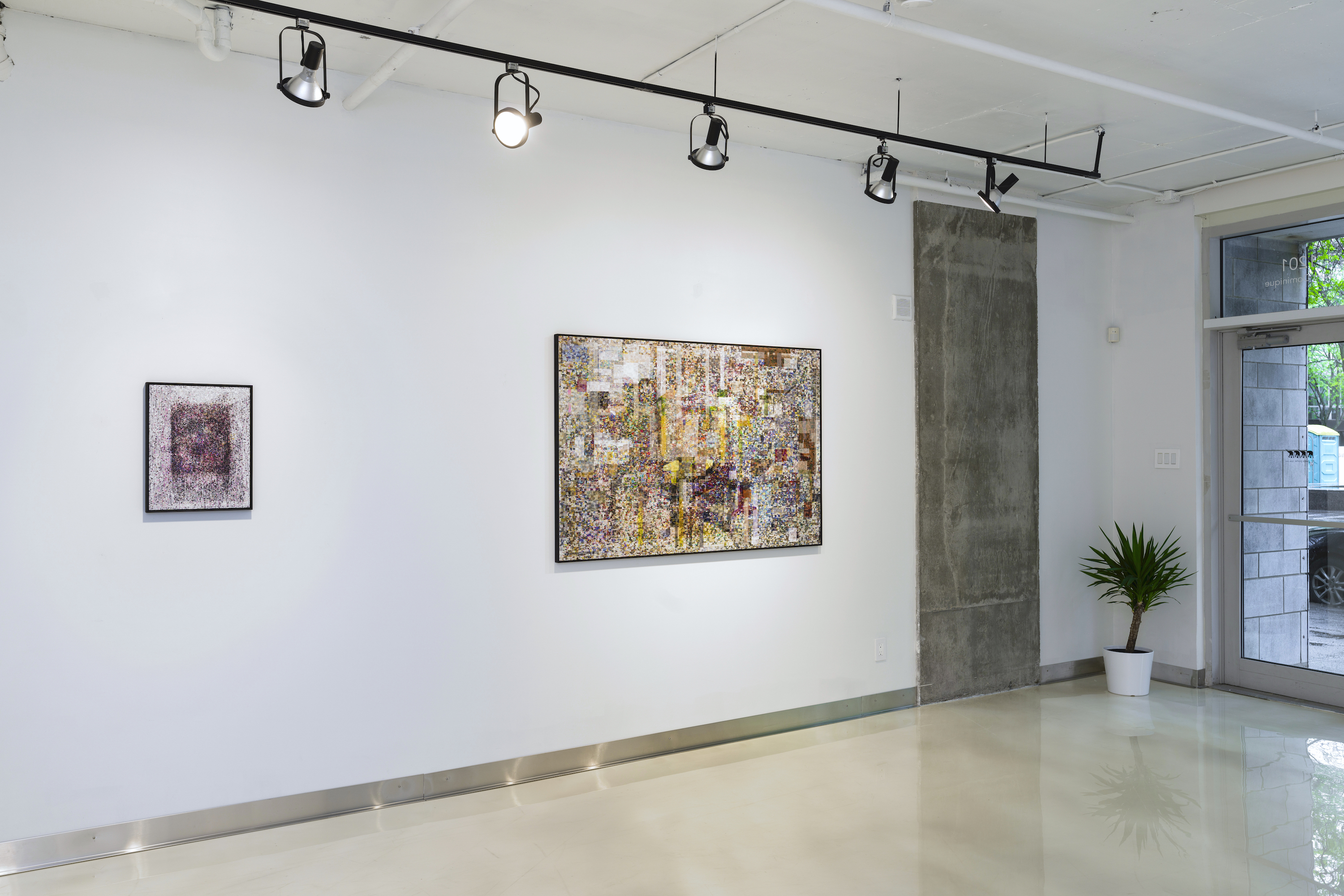
Databases of cultural production are simultaneously the result of organizational logic, priorities, and biases, and a further reification of such value systems in the world. As the museum attempts to renegotiate its troubled place in the world, efforts have been made to “democratize access” to collections, making digital documentation accessible within a virtual space. However, the transposition of the museum’s foundational problems to the digital realm has only further entangled them with issues of ownership and copyright, digital preservation and provenance, demographics and privilege, in addition to the underlying tension between cultural preservation and the museum’s function in the art economy. These struggles are not unique, but rather, symptomatic of a world buckling under the speed and quantity of information.
Yet, despite these valid critiques, what can we learn from these cultural datasets and the means in which they are organized? What occurs to the status of the Individual Masterwork when a dataset is approached with a global, statistical sensibility? What emergent patterns become apparent through connections between works, or through the negative space separating one work from the next?
In Database Paintings, each image is created by aggregating pixels from freely available images of artworks, sourced from the permanent collections of The Tate, Guggenheim, and Reina Sofia Museums. Using custom software and machine learning techniques, groupings of pixels are “mosaicked” and collaged from the original artworks onto a novel virtual canvas, creating images that articulate a space between recognizability and emergence.
In a PR-attempt to deflect criticism of the British Museum’s refusal to return the so-called Elgin Marbles to the Greek state, director Hartwig Fischer controversially claimed “When you move cultural heritage into a museum, you move it out of context. Yet that displacement is also a creative act.” (The Guardian, 2019). In turning the aim of this sentiment towards the institution itself, Database Paintings explores the creative possibilities of displacing simultaneously precious and meaningless image data out of the institution in acts of re-appropriation and re-interpretation. Straddling the line between a celebration of its sources and their abstraction, the works provide opportunities to re-evaluate the project of preservation itself, offering encounters with specific collection subsets, aggregated "digital fingerprints”, and the global project of art-making.
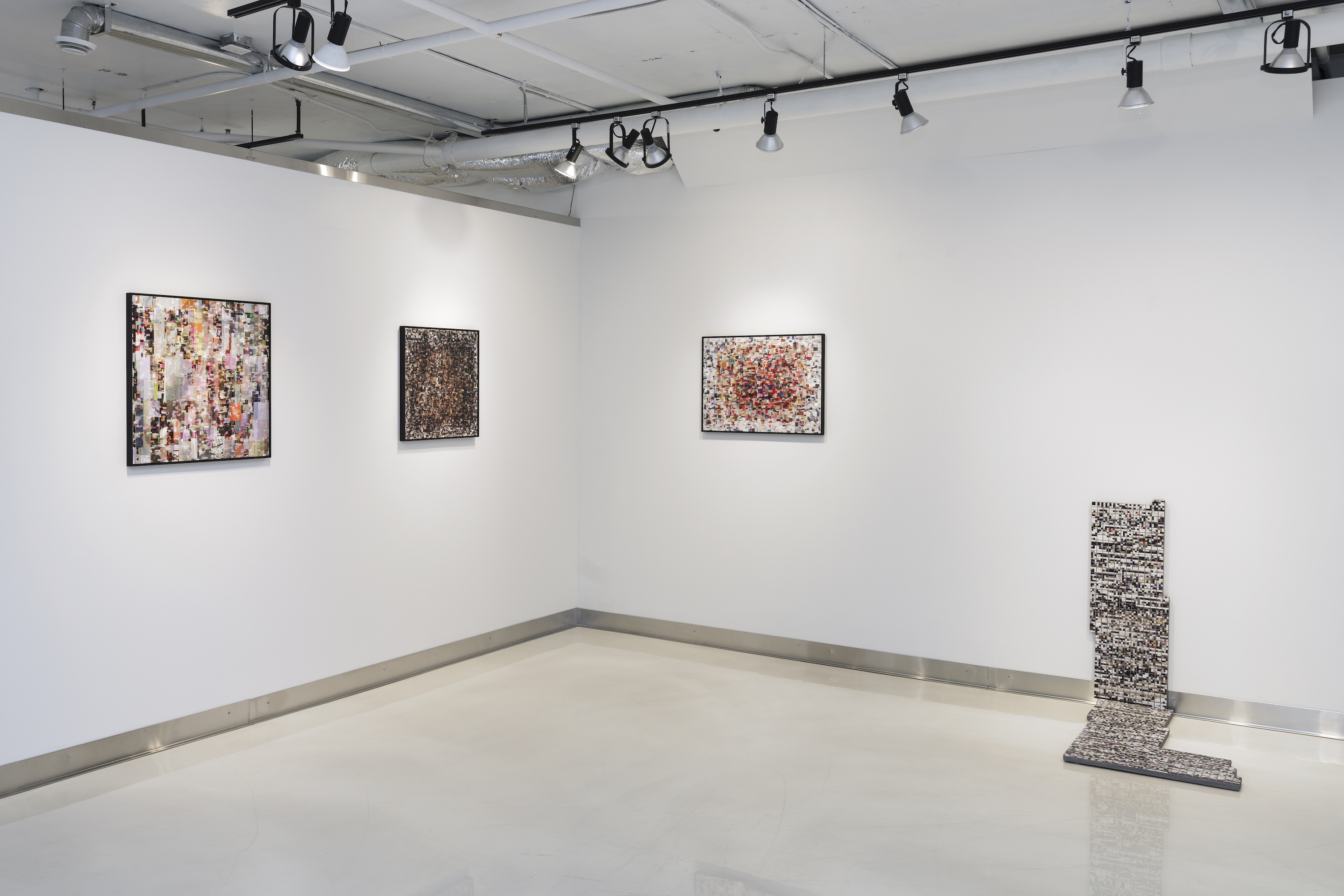
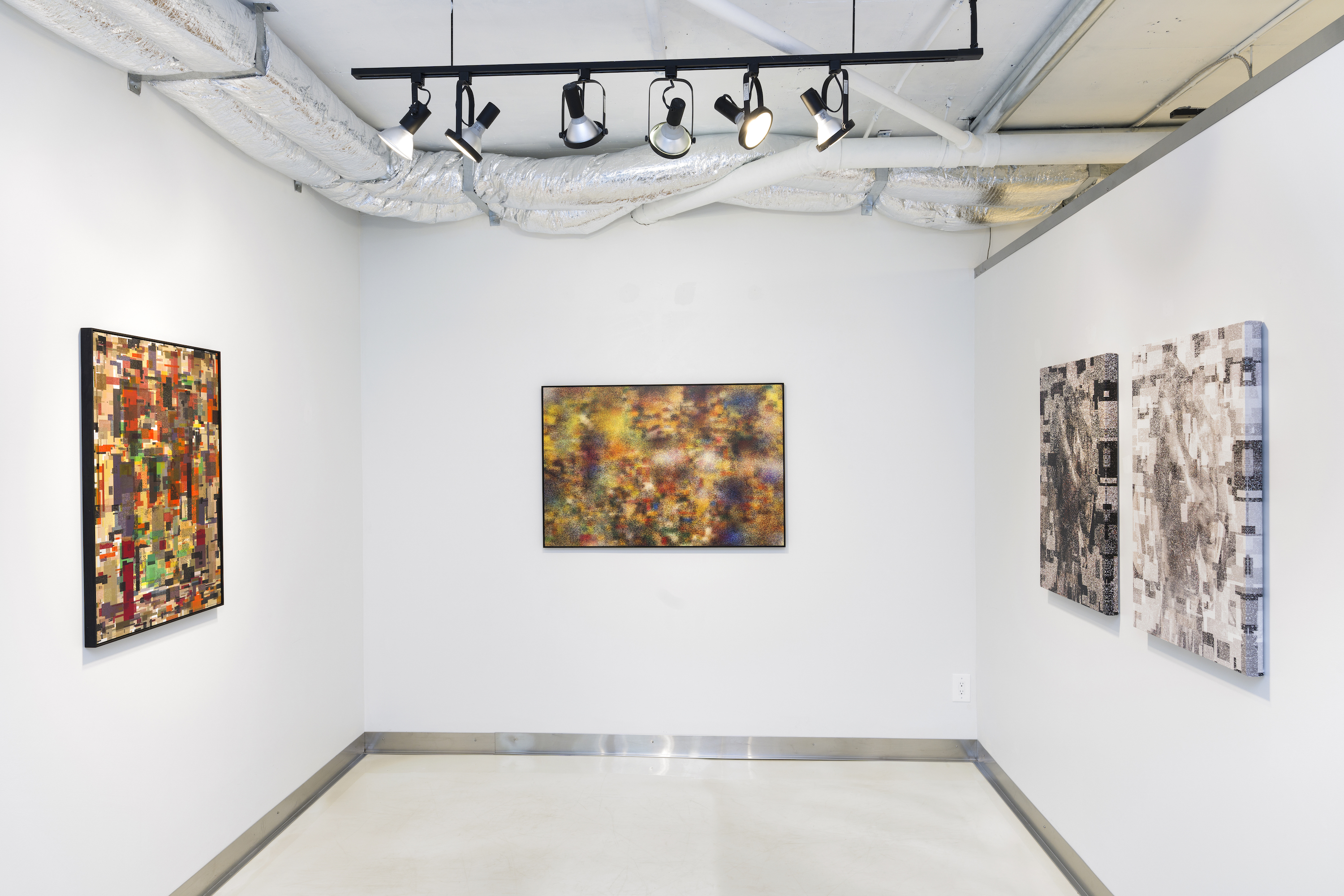
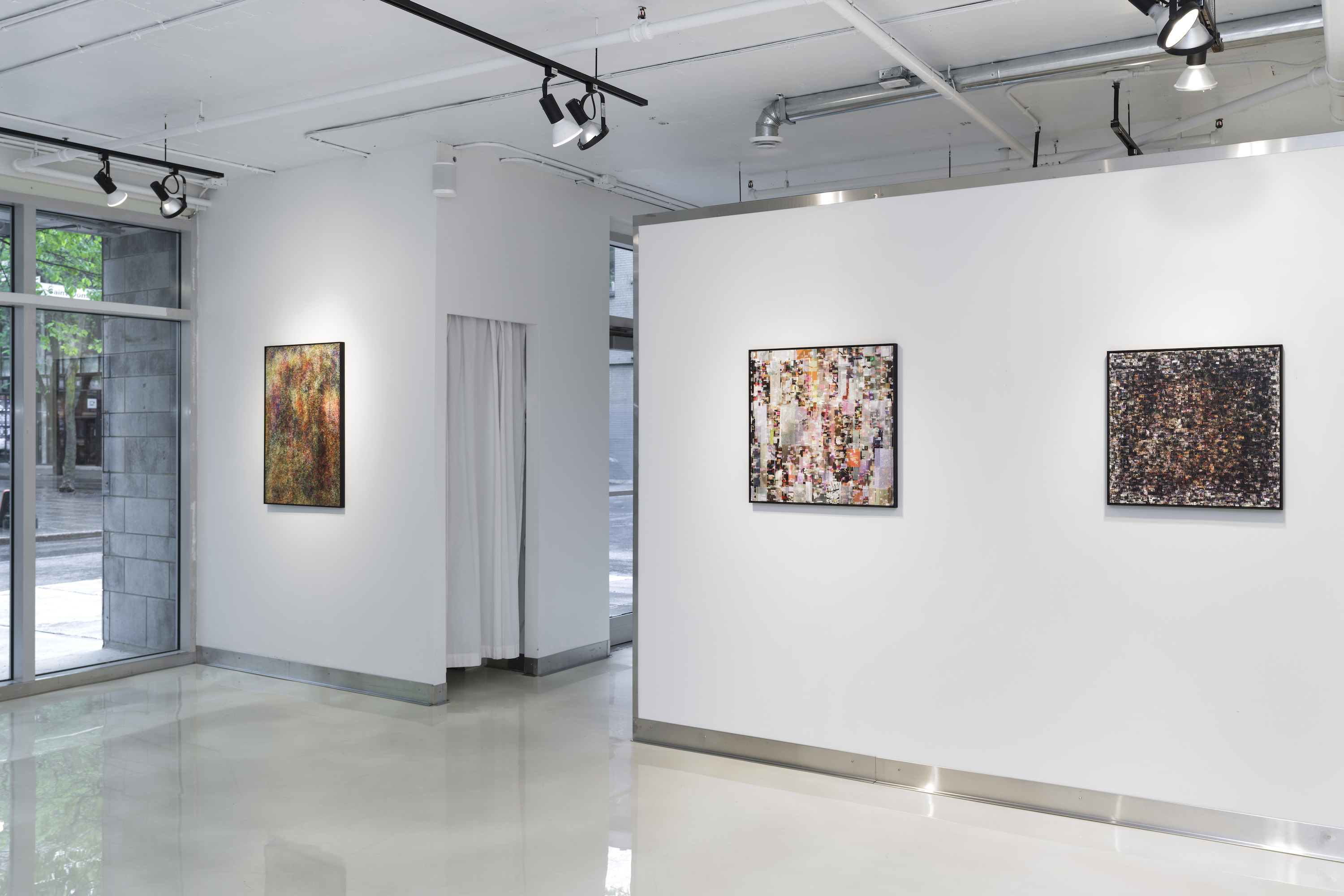
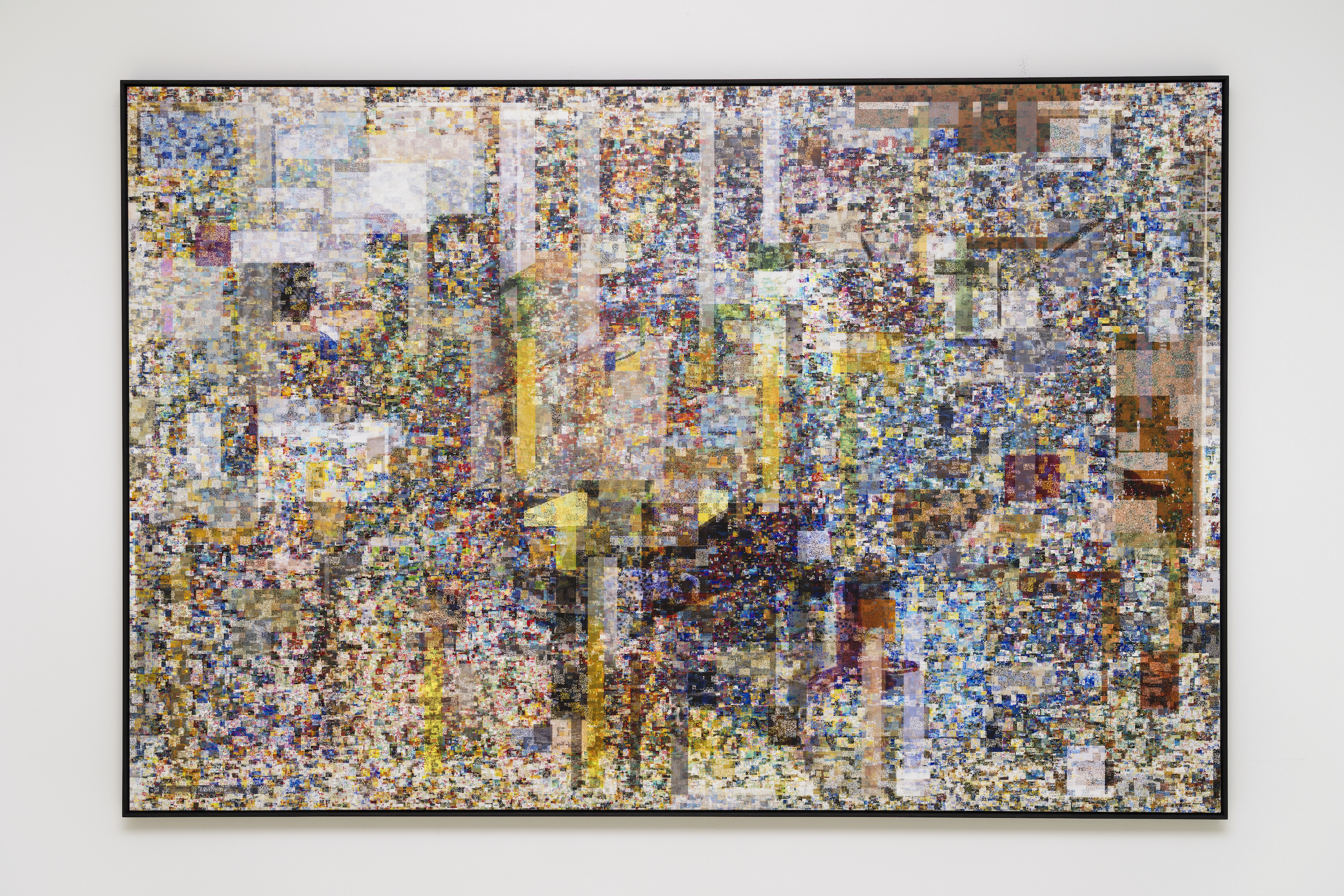
Tate colour field (after Bridget Riley and Patrick Heron)
2022. Archival pigment print. 60” x 40”. Computer-generated aggregate using 17 images from Tate Museum collection.
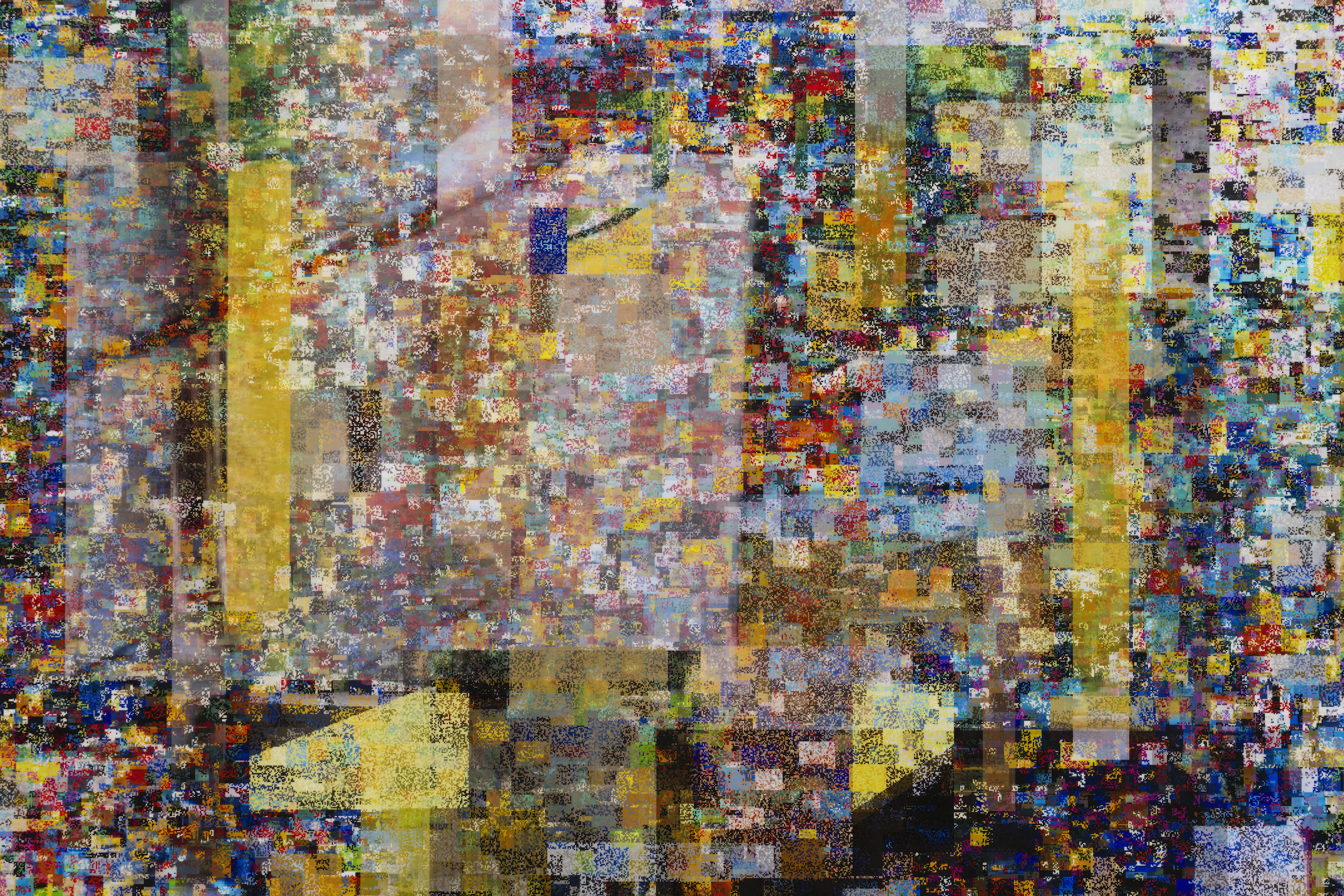
Tate colour field (after Bridget Riley and Patrick Heron), detail.
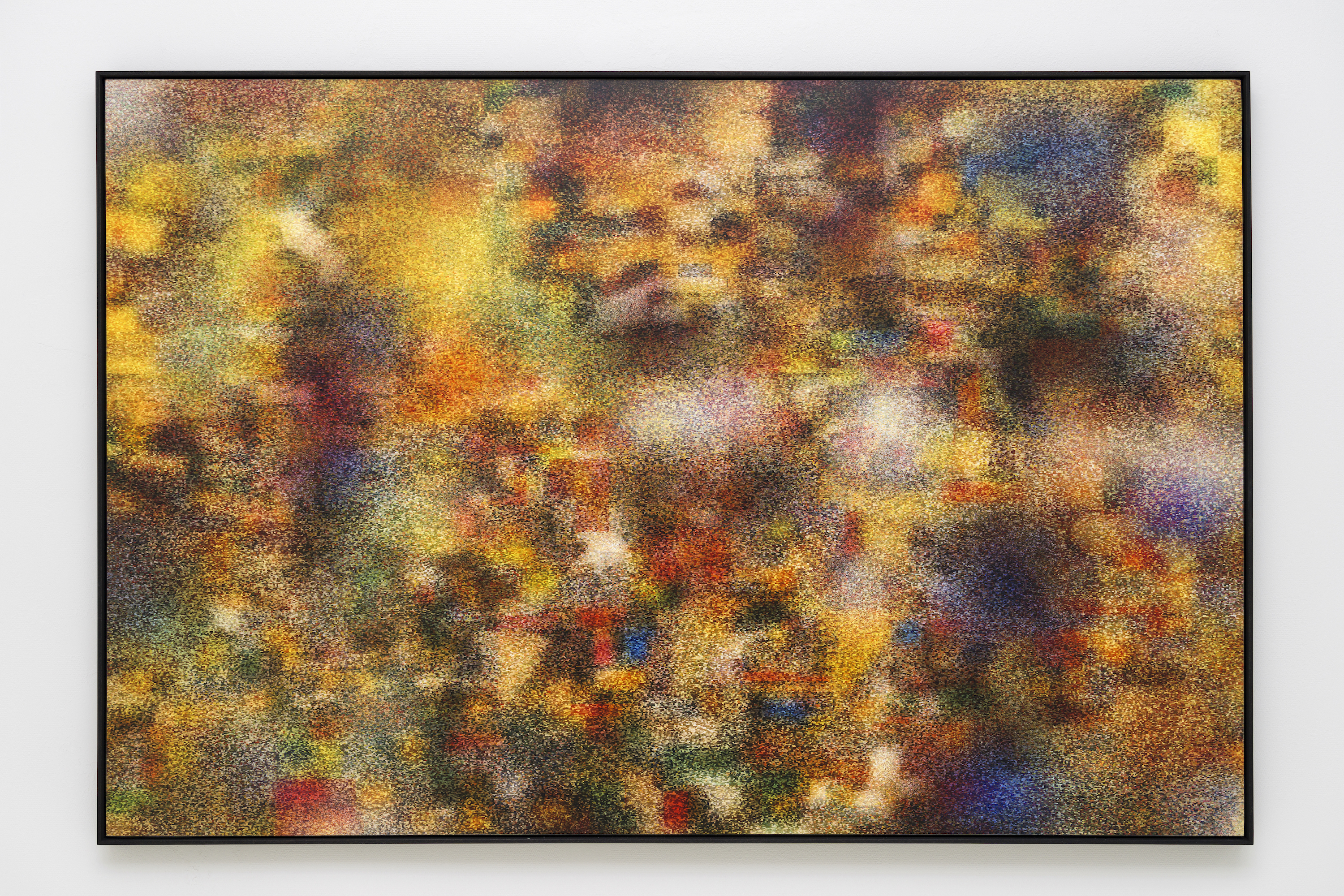
Guggenheim colour field (after Mondrian)
2022. Archival pigment print. 48” x 32”. Computer-generated aggregate using 29 images from the Guggenheim Museum collection.
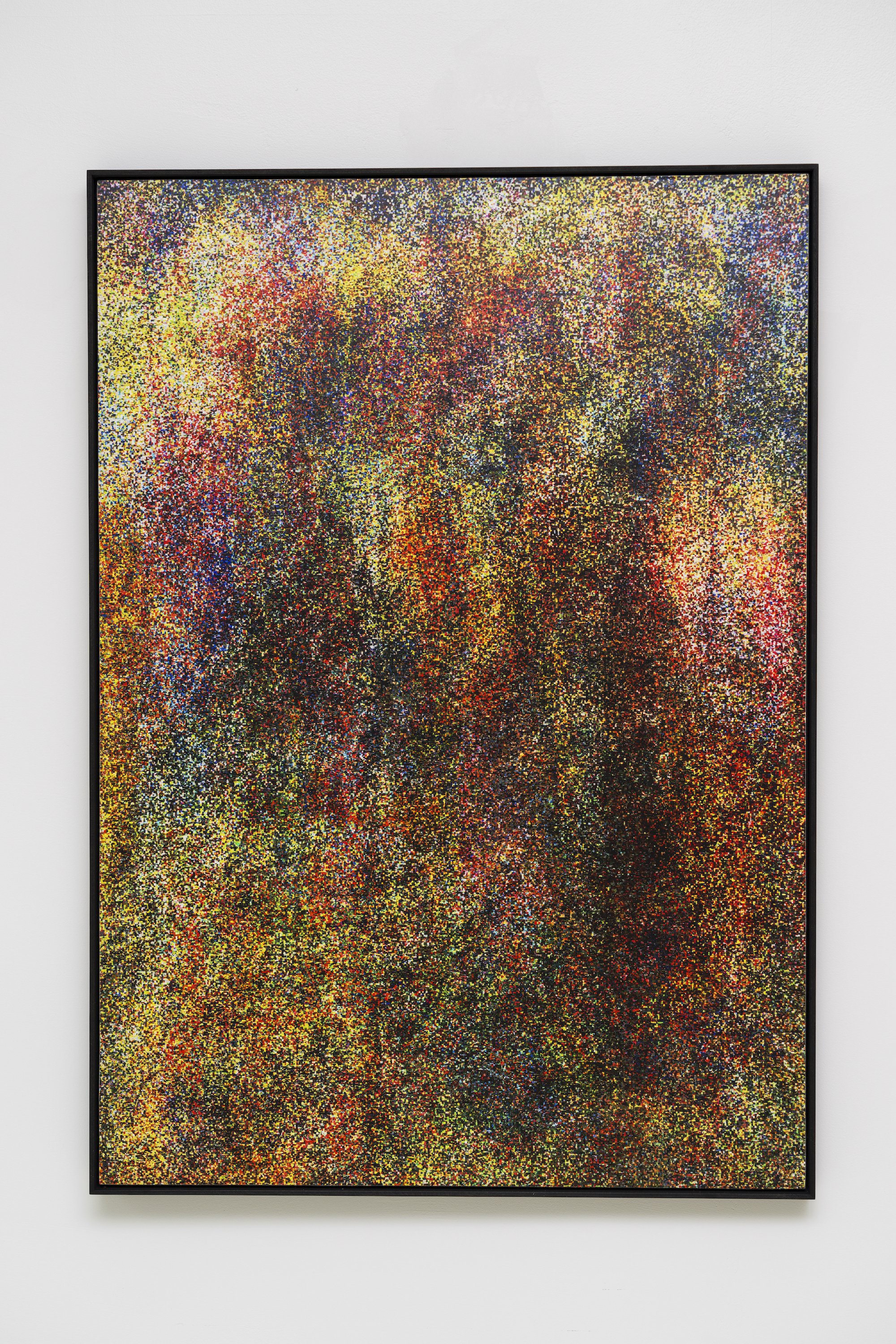
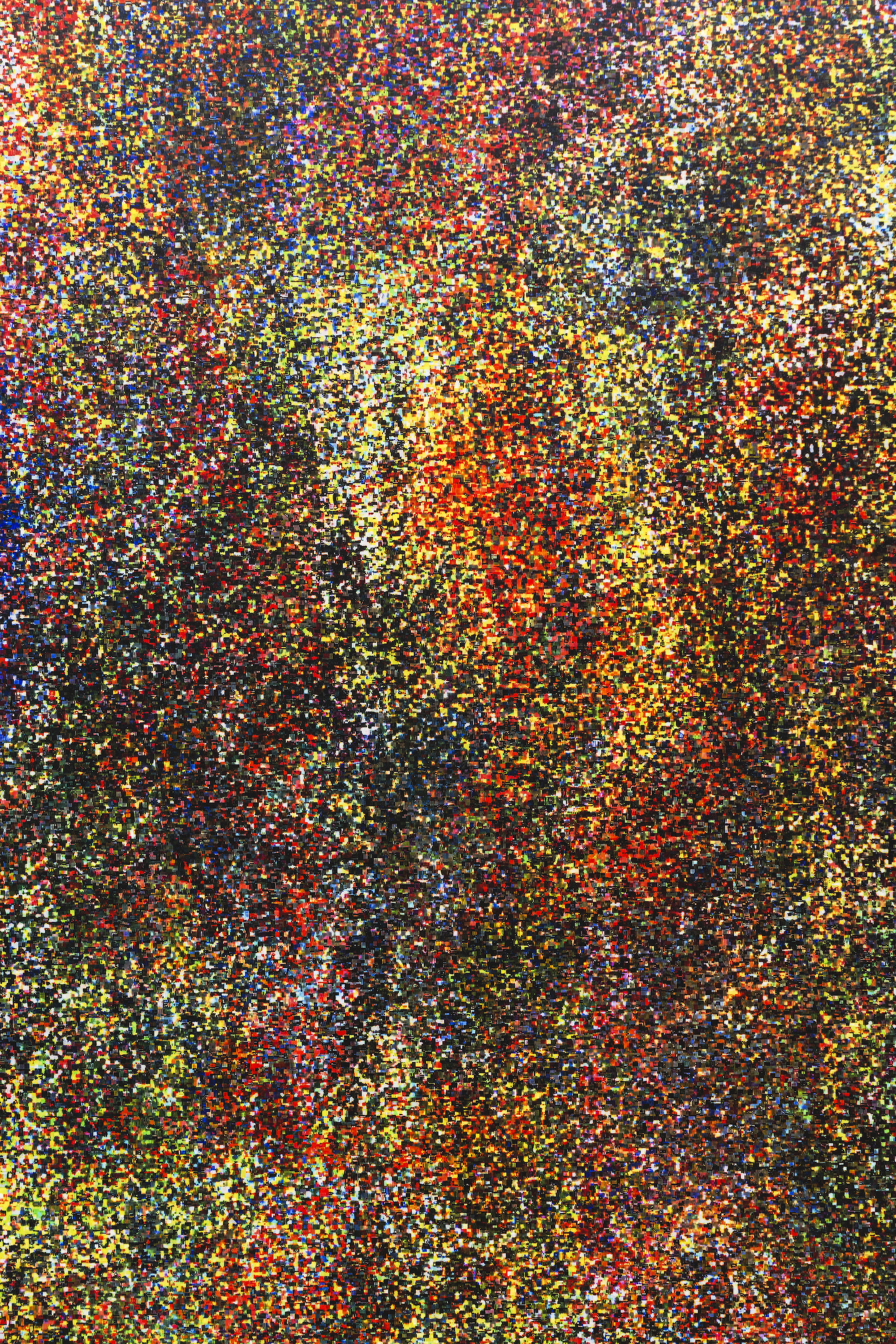
Guggenheim colour field (after Karel Appel) (left) and detail (right)
2020. Archival pigment print. 36” x 25”. Computer-generated aggregate using 11 images from the Guggenheim Museum collection.
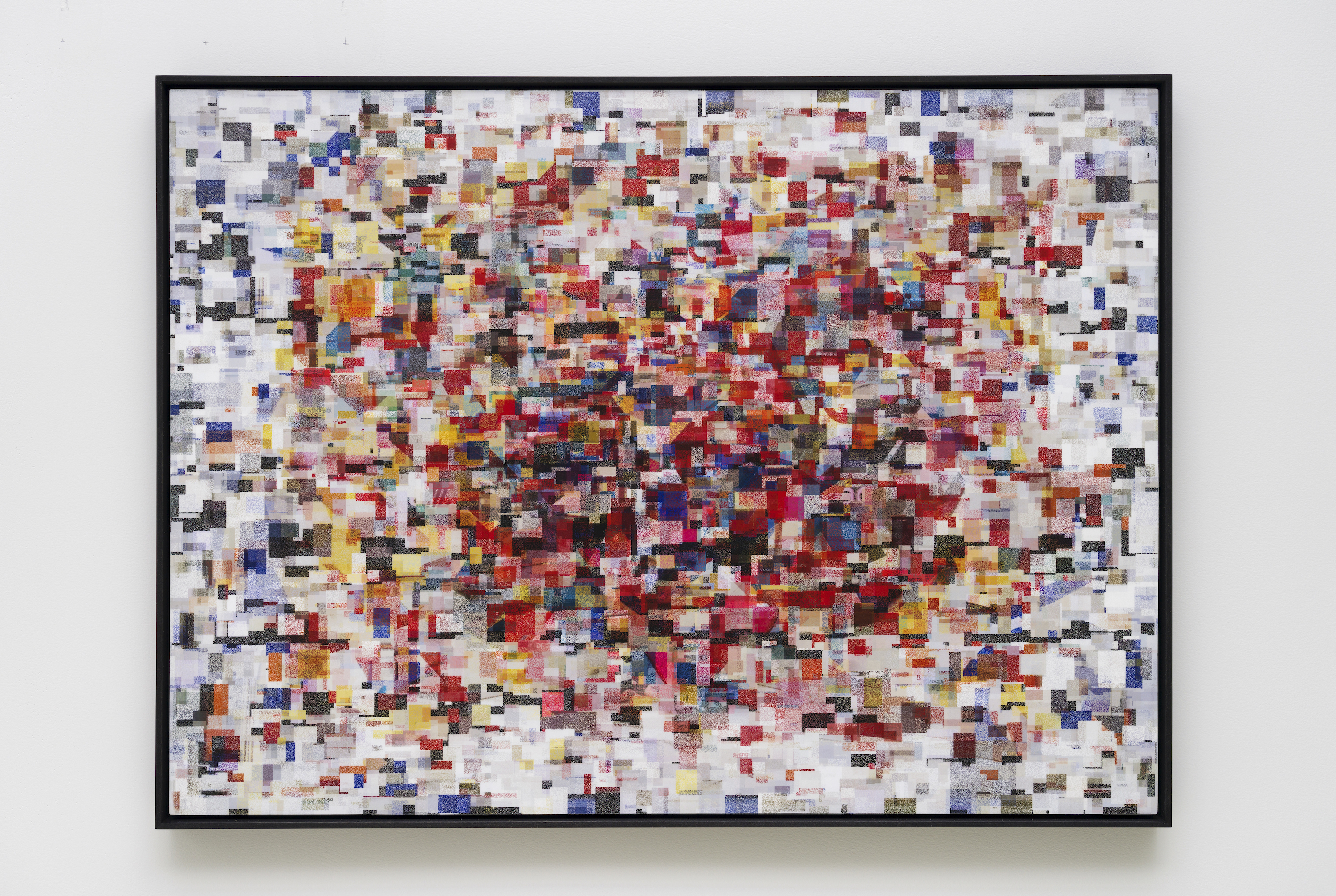
Reina Sofia Geometric Object (after Augusto de Campos and Julio Plaza)
2022. Archival pigment print. 28” x 20 1/2”. Computer-generated aggregate using 44 images from the collection of Museo Reina Sofia.
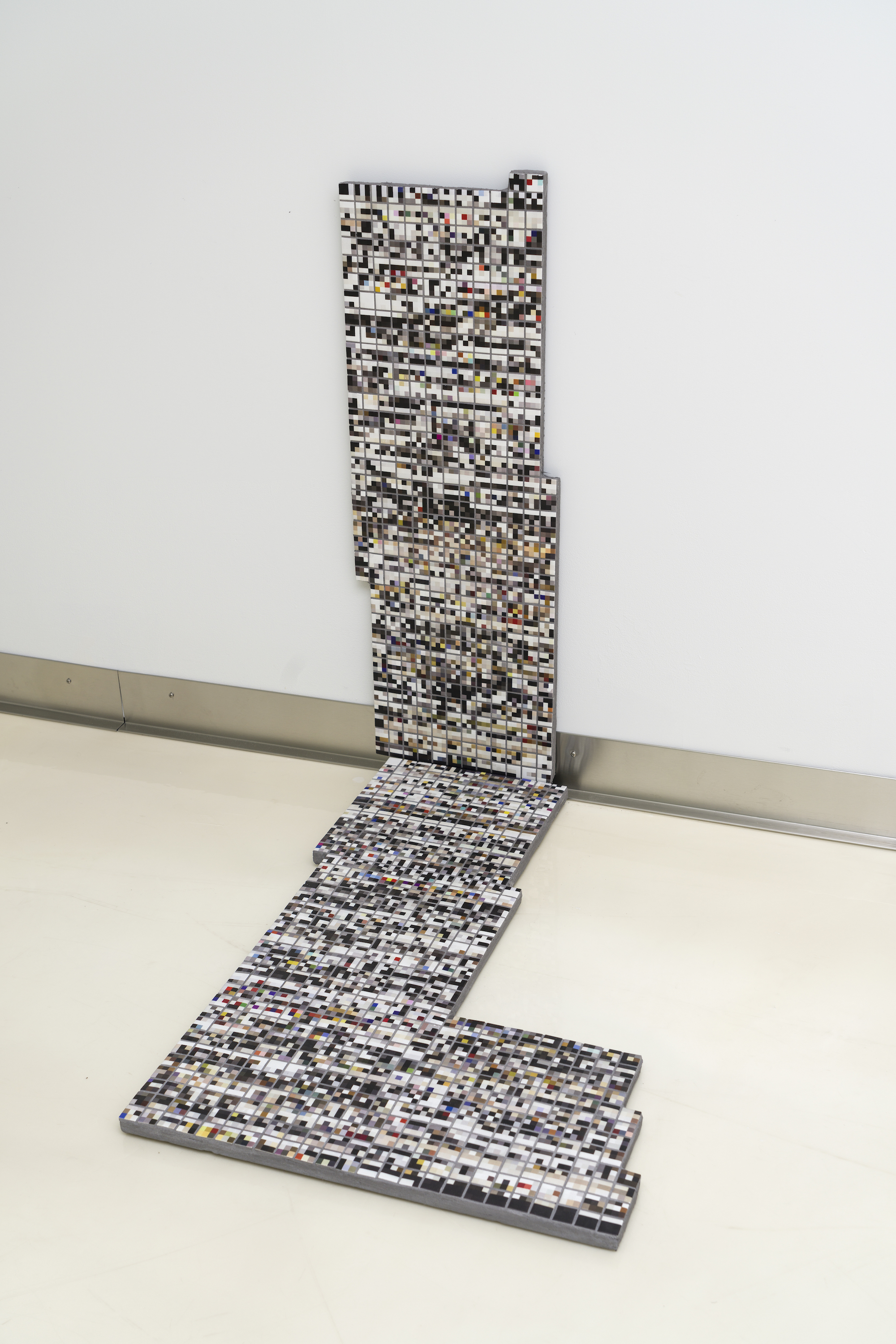
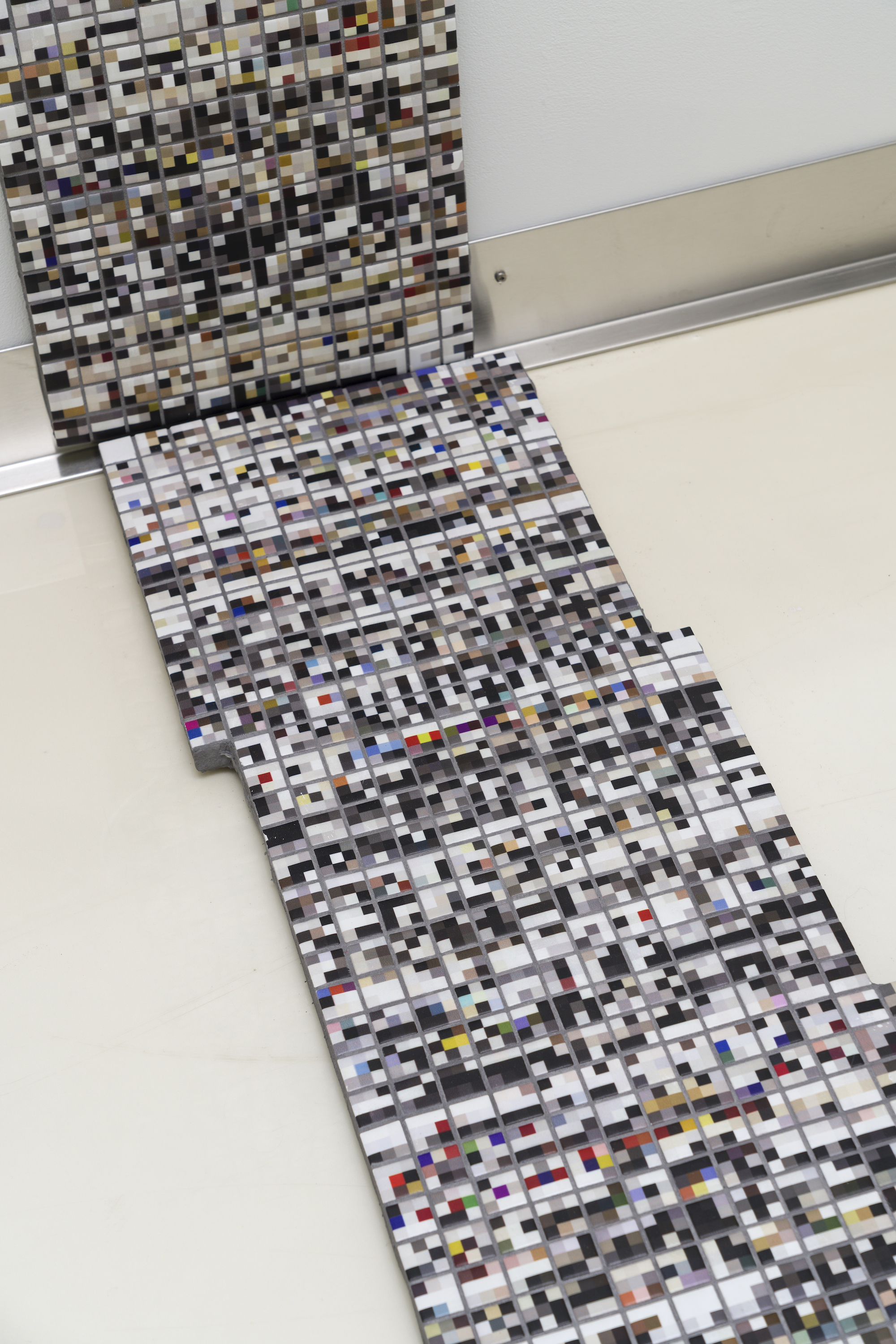
Various Artists (One Pixel From Every Artwork In The Collection of Museo Reina Sofia, Arranged Alphabetically)
2022. Mosaic in two parts, UV print on porcelain tile, mounted on cement board. 52” x 12” and 36” x 28”.
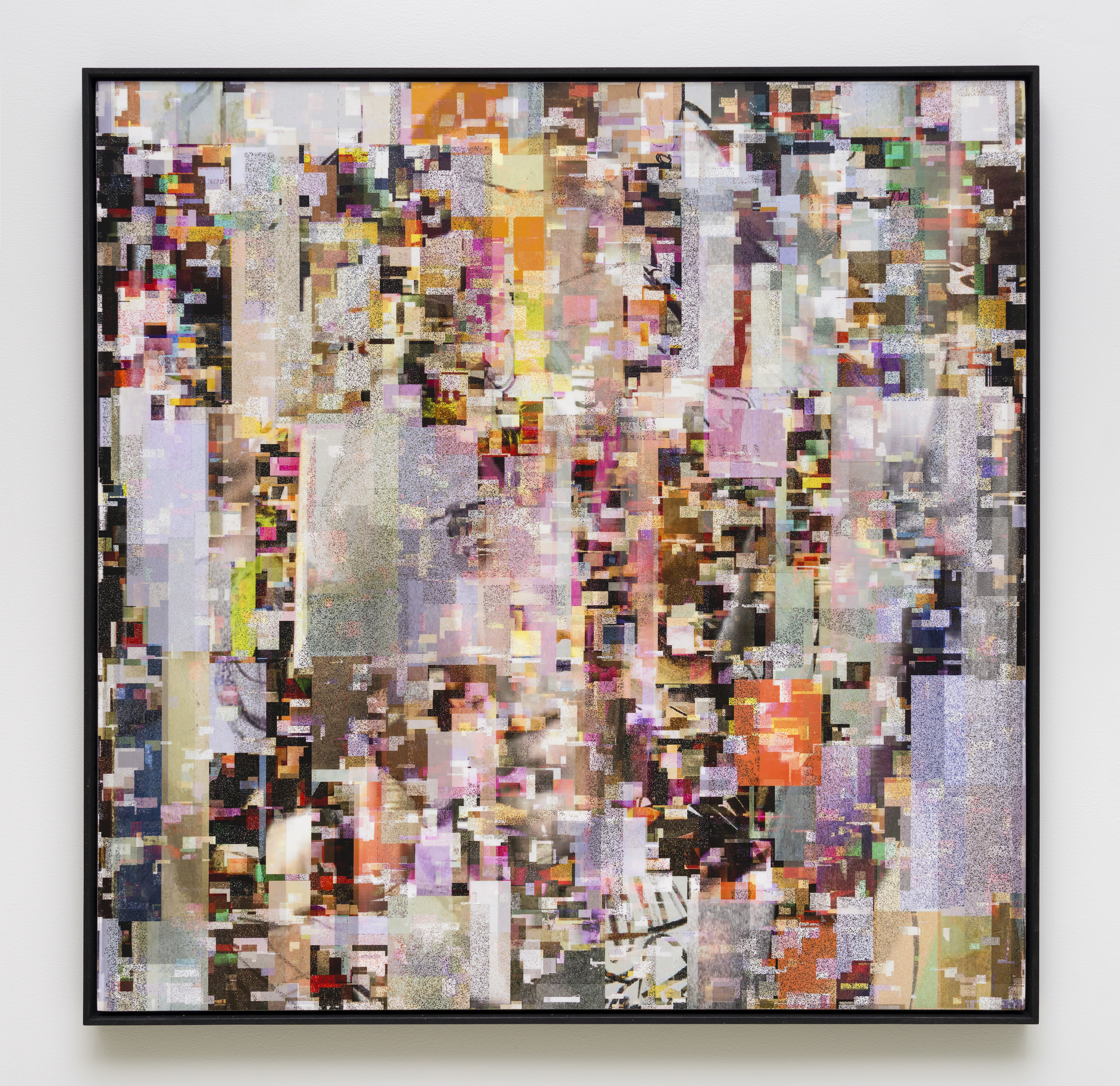
Reina Sofia Faces (after Gary Hill)
2022. Archival pigment print. 26” x 26”. Computer-generated aggregate using 26 images from the collection of Museo Reina Sofia.
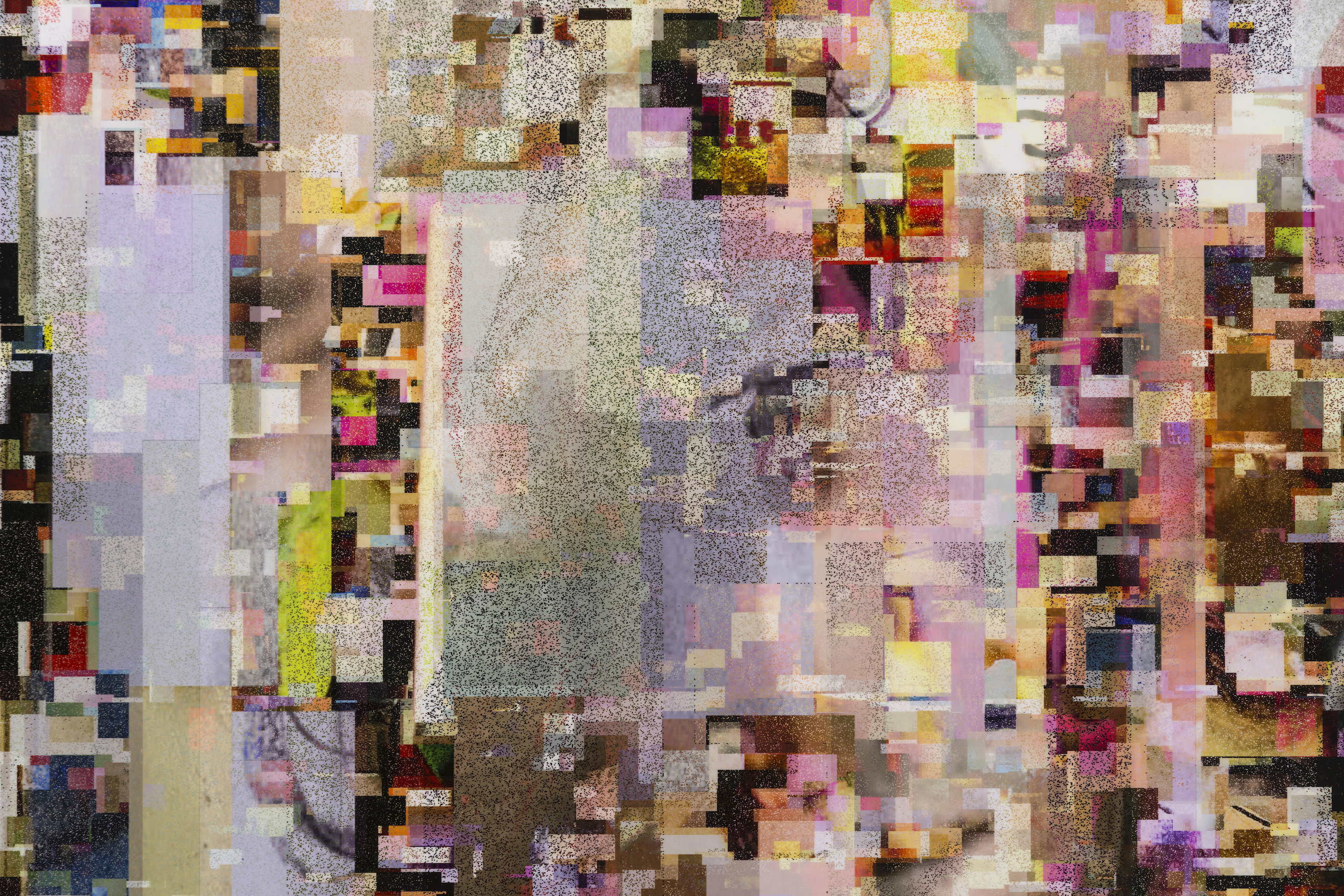
Reina Sofia Faces (after Gary Hill), detail.
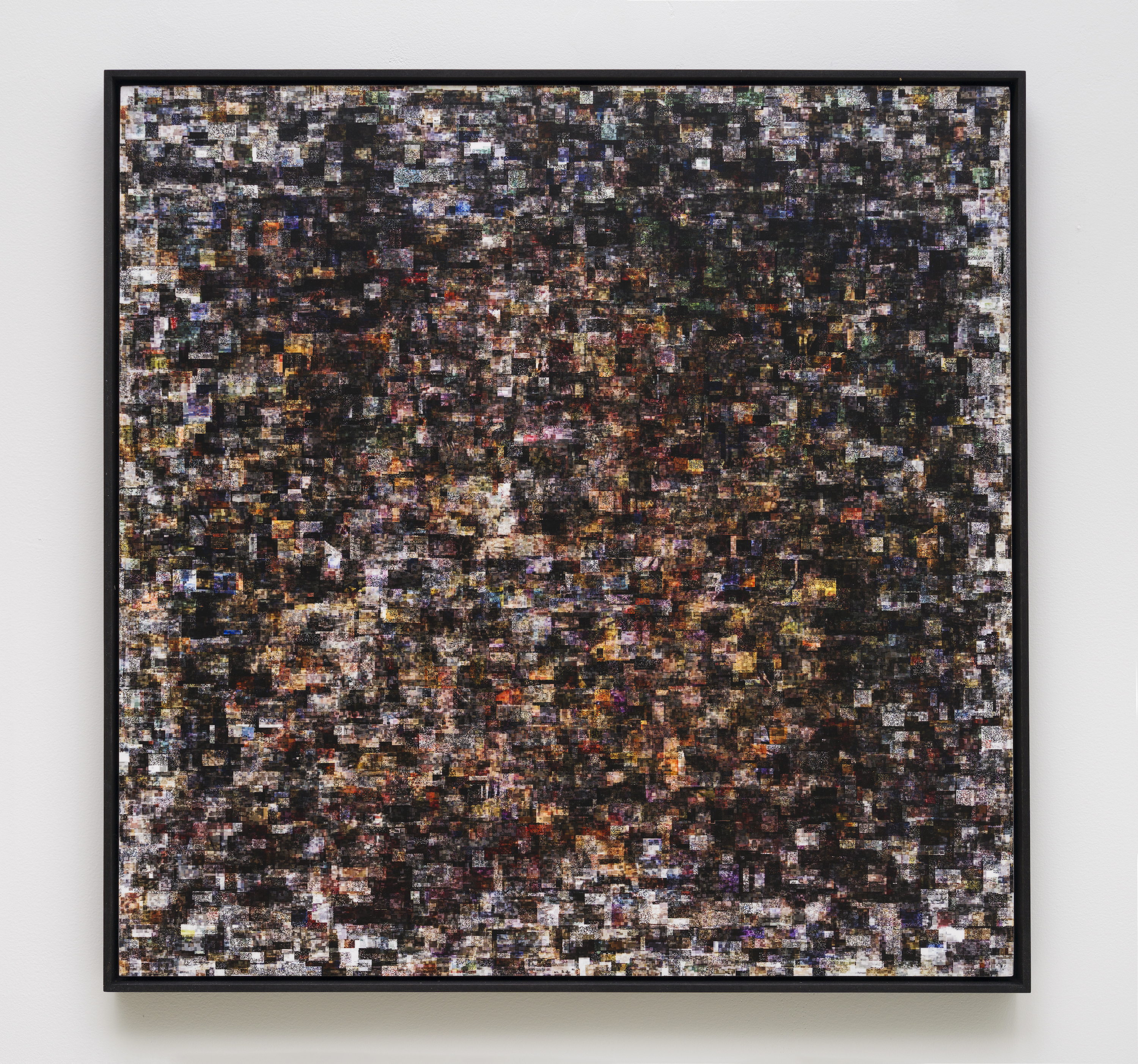
Reina Sofia Bodies (after Carolee Schneeman)
2022. Archival pigment print. 22” x 22”. Computer-generated aggregate using 30 images from the collection of Museo Reina Sofia.
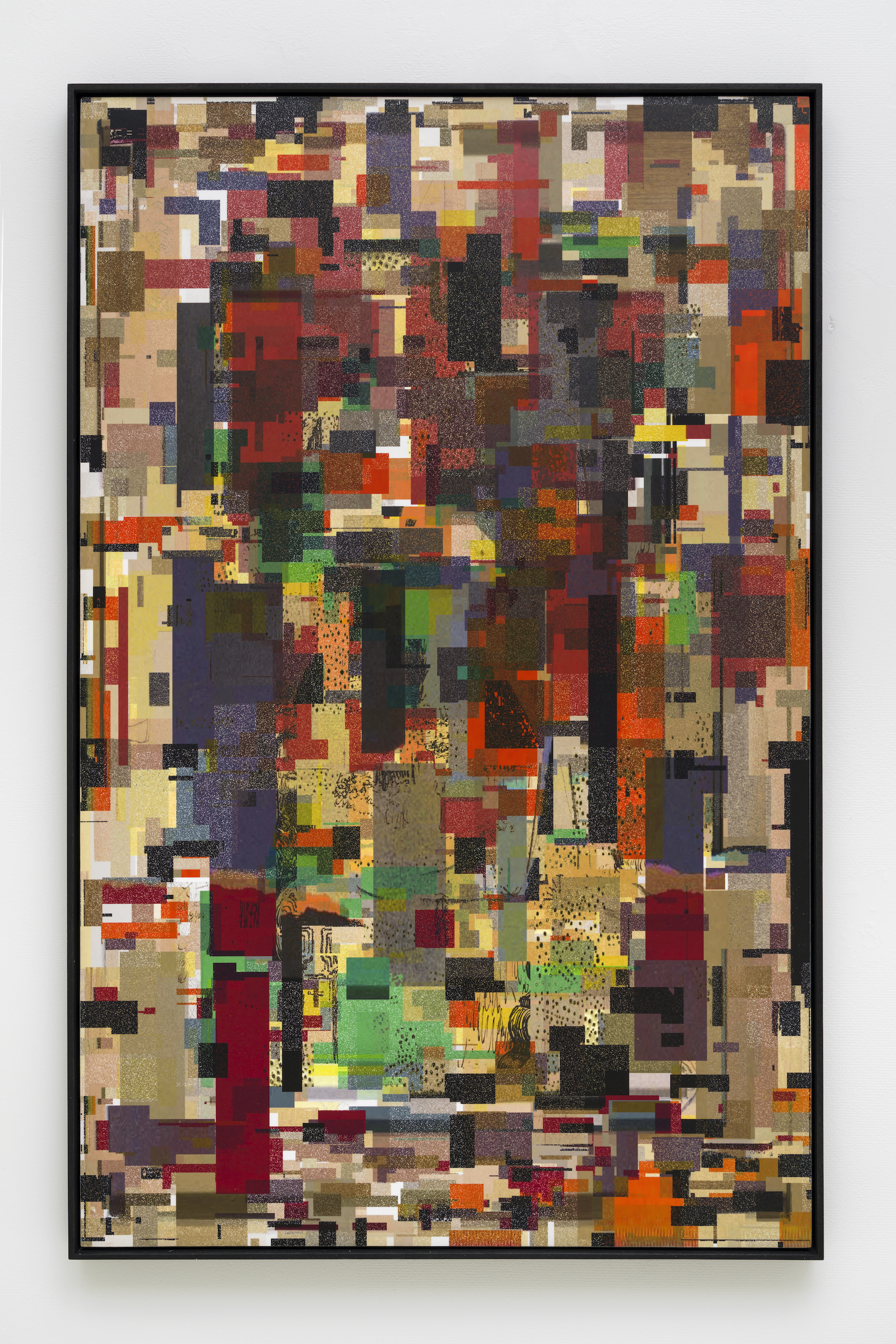
Reina Sofia Abstraction (after Gustavo Torner)
2022. Archival pigment print. 36” x 23”. Computer-generated aggregate using 27 images from the collection of Museo Reina Sofia.
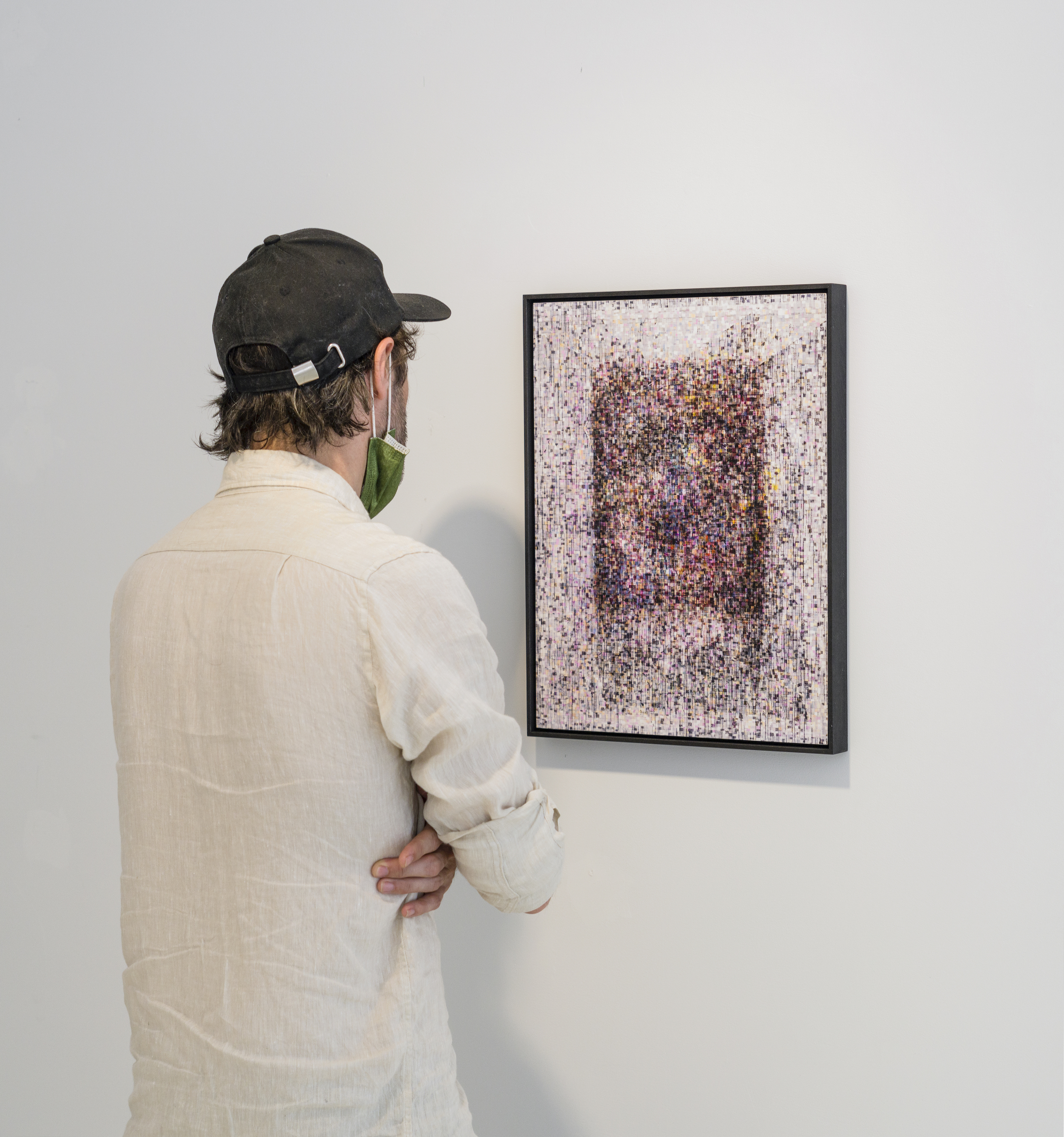
Reina Sofia passe-partout (after Gabriel Celaya)
2022. Archival pigment print. 14” x 18”. Computer-generated aggregate using 19 images from the collection of Museo Reina Sofia.
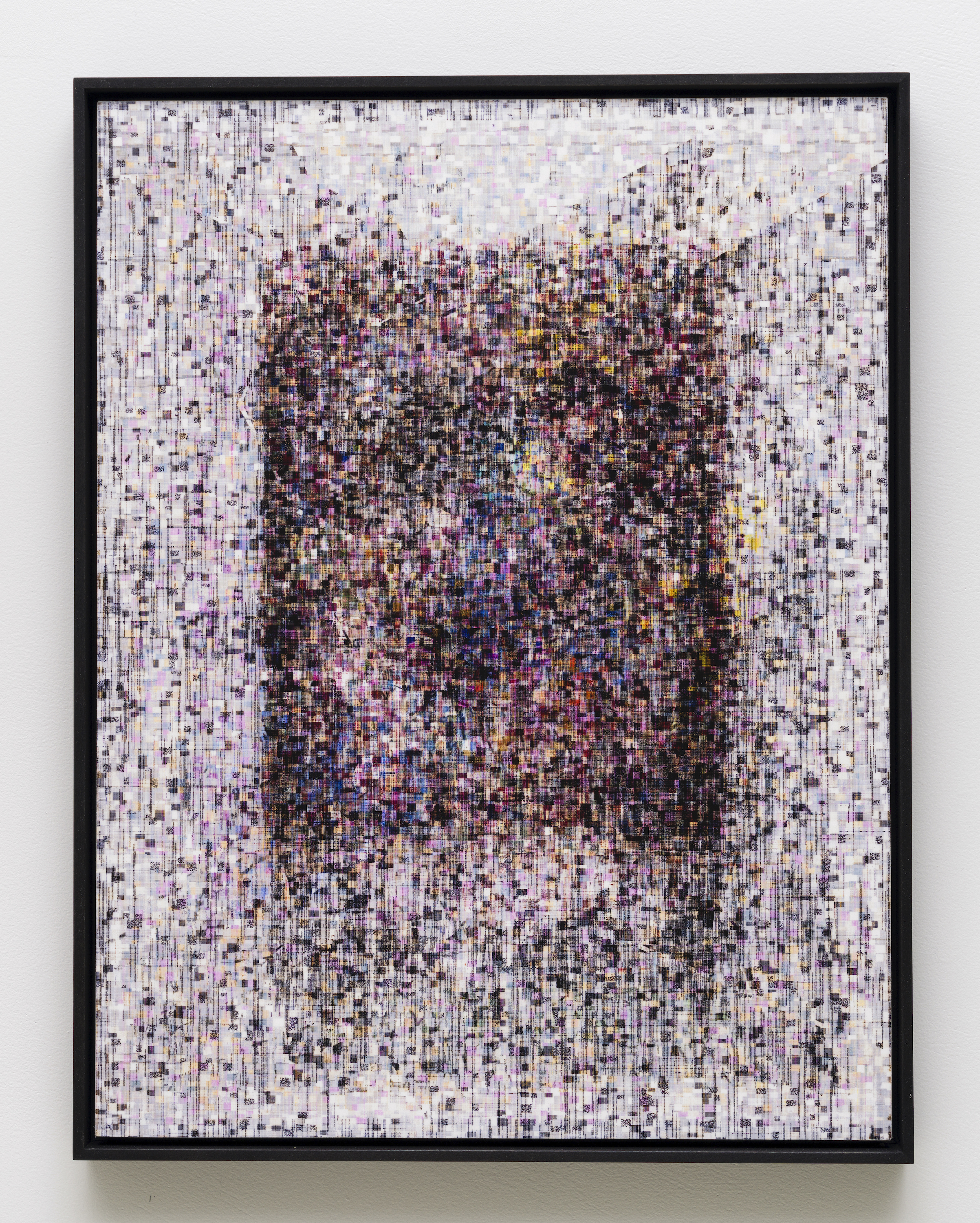
Reina Sofia passe-partout (after Gabriel Celaya), detail.
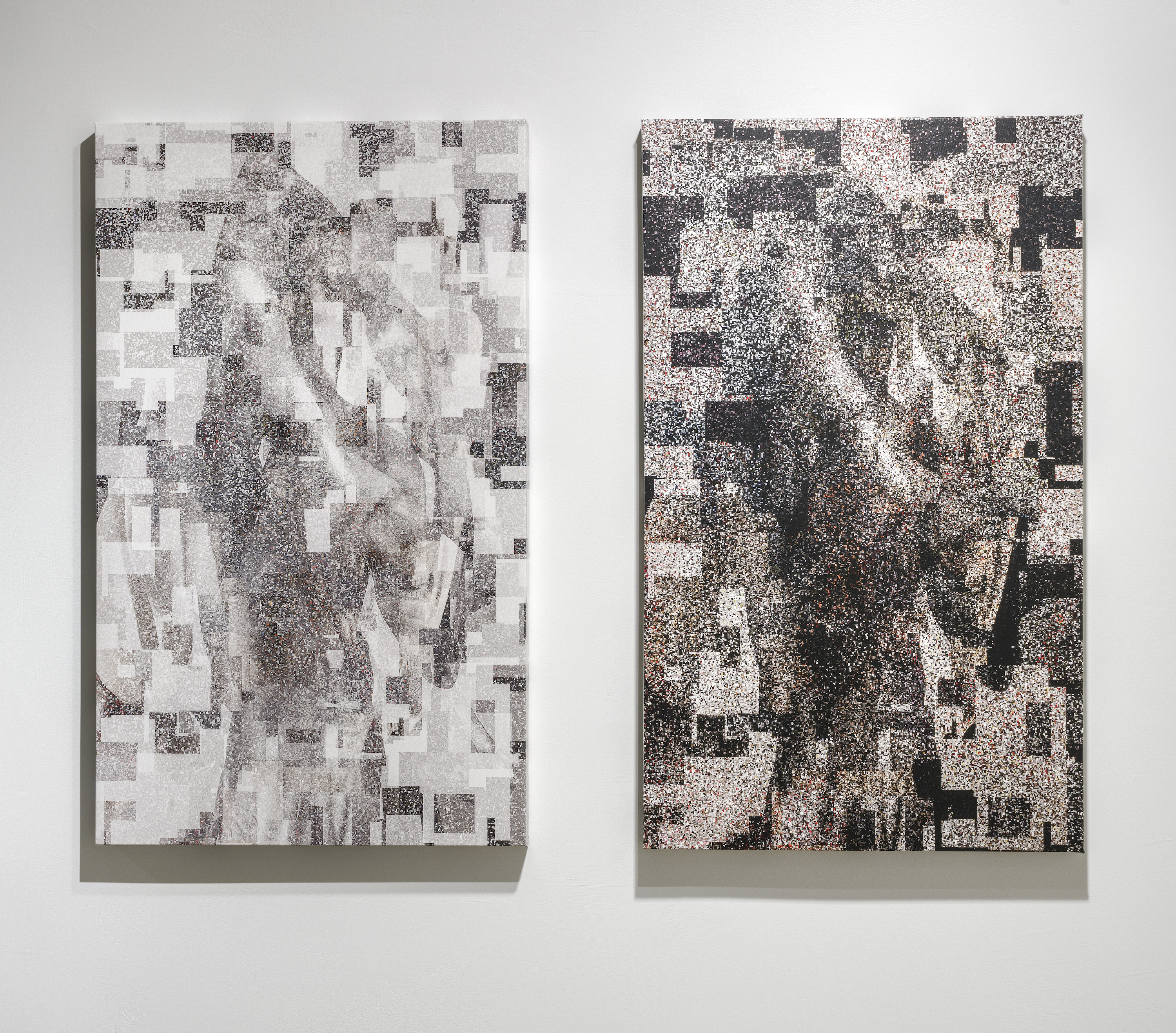
Guggenheim portrait after Mapplethorpe (light) and Guggenheim portrait after Mapplethorpe (dark)
2022. Archival pigment print on canvas. 20" x 33" each. Computer-generated aggregate using 23 images from the collection of Museo Reina Sofia.
Photos by Guy L'Heureux.